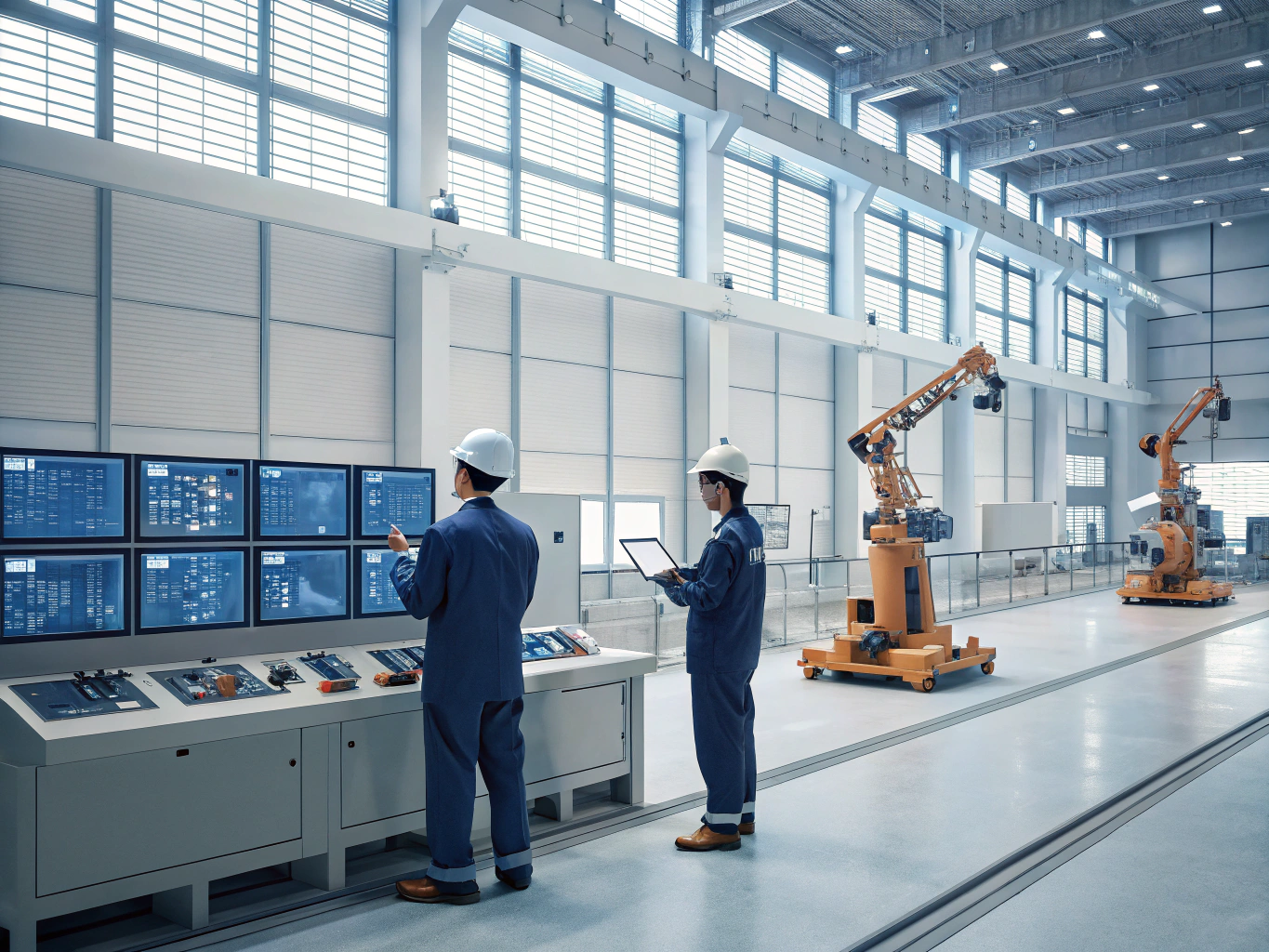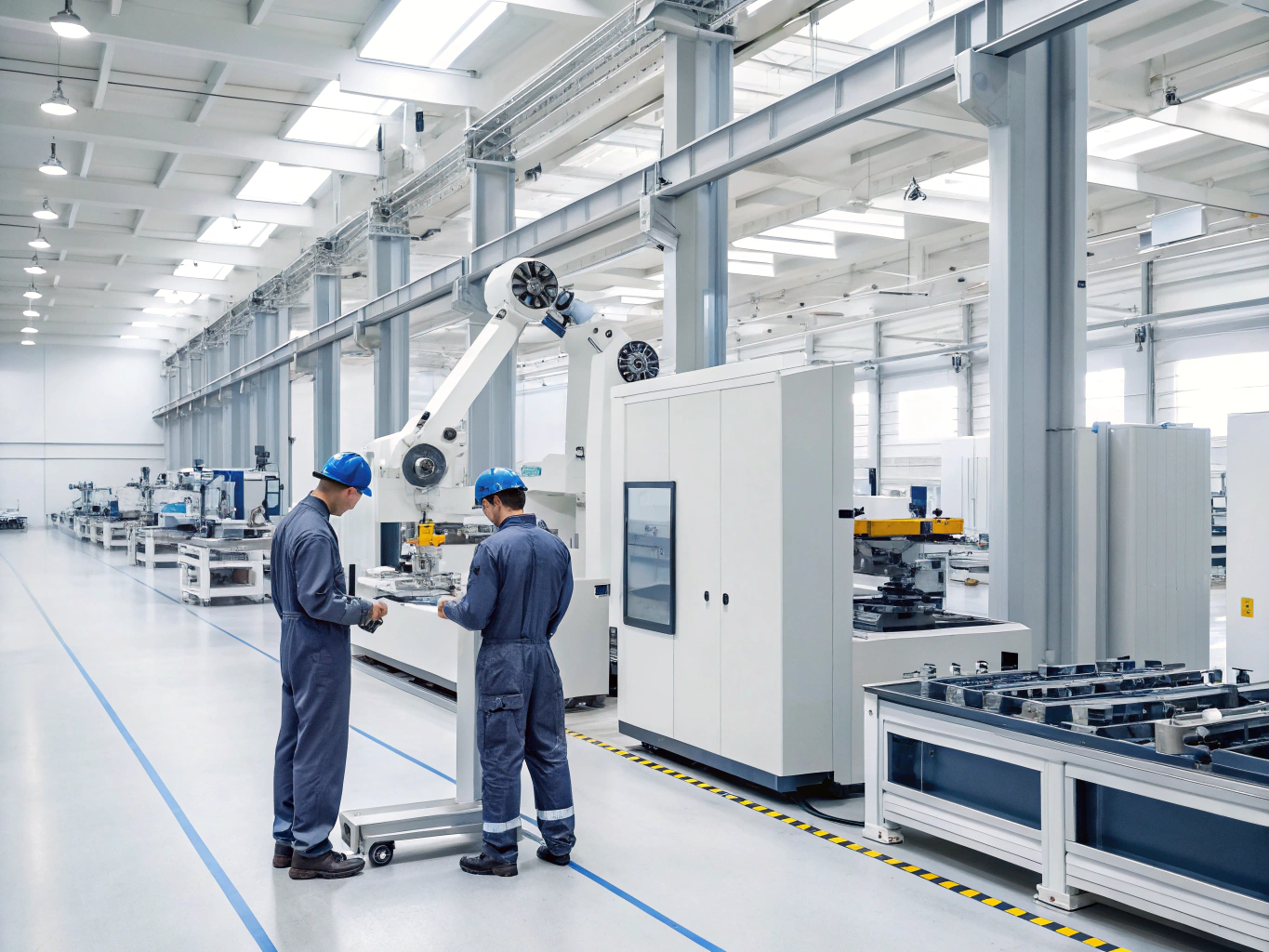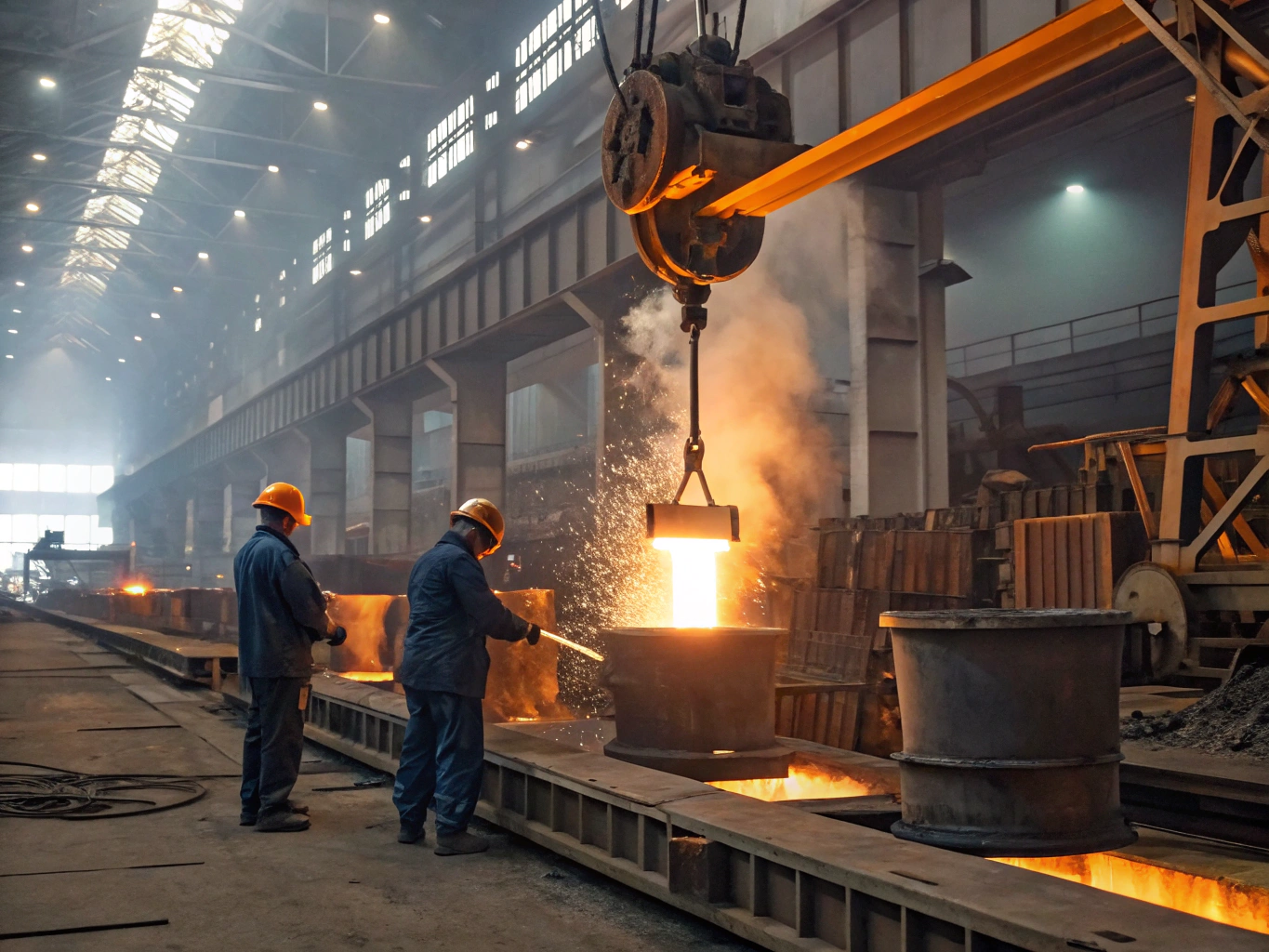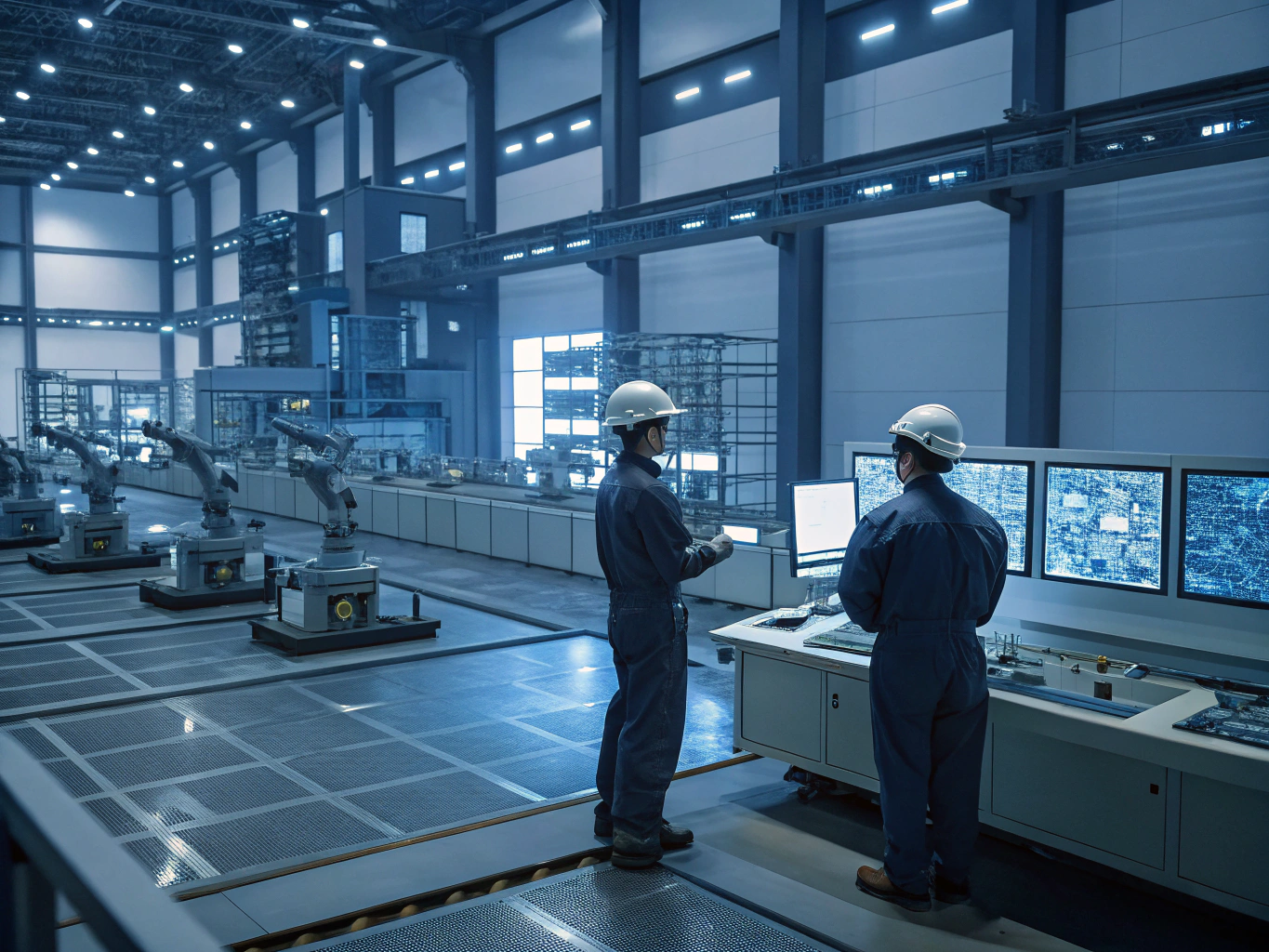
When I first started sourcing custom steel parts for clients, I faced a big challenge—how to find suppliers that balance cost, quality, and reliable delivery? My job was on the line every time something went wrong. So, I learned the hard way how important it is to know which countries deliver the best quality and value.
Japan, Germany, and Switzerland are known for precision engineering and high-quality custom steel parts. China offers a cost-effective balance between price and quality, while India has strengths in high-strength steel production.
Choosing the right country for your custom steel parts matters. Quality, price, and delivery can make or break your supply chain. Let’s explore which countries lead in steel manufacturing and why that impacts your decision.
Which countries have advantages in steel manufacturing?
When I first visited factories in China and Germany, I noticed big differences in technology and process control. One factory ran like clockwork, while another had cutting-edge machinery but lacked strict procedures. I realized each country has its unique strengths—and weaknesses.
Japan, Germany, and Switzerland have clear advantages in steel manufacturing due to their precision engineering and focus on quality control. China leads in production capacity and cost-effective solutions, while India excels in high-strength steel production.

Precision and Engineering Excellence
Japan, Germany, and Switzerland are famous for their precision manufacturing. These countries have long traditions of engineering excellence, with strict attention to detail. For example, Japanese manufacturers often follow Kaizen practices, which focus on continuous improvement. This ensures products meet tight tolerances and high standards.
Production Capacity and Cost Efficiency
China dominates the global steel industry. It has the largest production volume and extensive experience in steel manufacturing. Chinese factories offer competitive prices, thanks to economies of scale and advanced processes. Many Chinese suppliers balance cost and quality effectively, making them an attractive choice for buyers who need large volumes of custom parts.
High-Strength Steel Leadership
India’s Tata Steel is a major player in high-strength steel. Indian manufacturers focus on specialized steel for industries like automotive and construction. While India’s labor costs are low, their capabilities in producing advanced steel grades are growing rapidly.
| Country | Key Strength | Notable Industries |
|---|---|---|
| Japan | Precision, tight tolerances | Automotive, Aerospace |
| Germany | Engineering, quality control | Machinery, Automotive |
| Switzerland | High precision, small parts | Medical, Electronics |
| China | High production capacity, cost | Construction, Heavy Industry |
| India | High-strength steel, low labor | Automotive, Infrastructure |
These factors make it clear—each country offers something different depending on your project’s needs.
How to compare production costs and quality across countries?
I once had a client who chose the cheapest supplier without a second thought. A few months later, they faced delays and quality issues. That experience taught me—always weigh cost against quality and reliability.
Comparing production costs and quality across countries requires evaluating labor rates, raw material prices, manufacturing technology, and quality control standards. Lower costs do not always mean better value if quality and delivery suffer.

Labor and Material Costs
Countries like China, India, and Vietnam have lower labor costs. This reduces production costs significantly. However, countries such as Germany and Switzerland have higher wages, which is reflected in their pricing.
Raw material costs can also vary. Local availability of steel reduces transportation and import fees. For example, India has its own iron ore reserves, which lowers material costs for local manufacturers.
Manufacturing Technology and Efficiency
Germany and Japan invest heavily in advanced manufacturing technology. CNC machines, robotics, and automation improve efficiency and reduce human error. These technologies increase quality but also add to costs.
In contrast, many factories in China have adopted automation while maintaining lower labor rates. This gives them a competitive edge, offering good quality at affordable prices.
Quality Control and Standards
Not every factory follows the same quality control practices. Some countries have stricter certification requirements. For example, German manufacturers often comply with ISO 9001 and IATF 16949, which are essential for the automotive industry.
| Factor | Low-Cost Countries (China, India) | High-Quality Countries (Germany, Japan) |
|---|---|---|
| Labor Cost | Low | High |
| Material Cost | Moderate | Moderate to High |
| Technology Level | Medium to High | High |
| Quality Control | Varies | Strict |
| Certifications | ISO 9001 (common) | ISO 9001, IATF 16949 (strict) |
If quality is a top priority for your project, it’s worth paying more for countries with stricter standards.
Should trade policies of the supplier’s country be considered?
A few years ago, one of our US clients faced unexpected tariffs on Chinese imports. They had to scramble for alternative suppliers in Vietnam. Since then, we always consider trade policies before choosing a supplier.
Yes, trade policies, tariffs, and international relations impact sourcing decisions. Countries affected by trade wars or sanctions may lead to higher costs, delivery delays, or legal risks.

Tariffs and Trade Agreements
Tariffs can change overnight. The US-China trade war is a clear example. Many US companies shifted sourcing to Vietnam, Malaysia, and India to avoid higher import taxes.
Export Controls and Sanctions
Some countries face export restrictions. This can affect the availability of certain steel grades or delay shipments. For example, sanctions on specific regions can make it difficult to secure reliable suppliers.
Currency Fluctuations
Currency instability can also affect pricing. A weaker currency may reduce costs in one country but increase risks if exchange rates fluctuate too much.
| Country | Tariff Risks (USA) | Trade Agreements | Currency Stability |
|---|---|---|---|
| China | High (trade war) | RCEP, but not US | Moderate |
| Vietnam | Low | CPTPP, EVFTA | Moderate |
| India | Low | CEPA, ASEAN | Moderate to High |
| Germany | Low | EU-US Agreements | High |
| Japan | Low | US-Japan Trade | High |
When sourcing custom steel parts, understanding these factors can save you time, money, and frustration.
Which countries focus more on quality control?
During a factory audit in Germany, I was impressed by their strict process control. Every step had documentation, and every part was inspected. That’s when I understood what true quality control looks like.
Germany, Japan, and Switzerland are leaders in quality control. Their manufacturers follow strict certifications and inspection protocols to ensure precision and consistency in every part they produce.

Certification and Compliance
Manufacturers in Germany and Japan often hold ISO 9001 and IATF 16949 certifications. These standards focus on continuous improvement, risk management, and customer satisfaction. Swiss manufacturers often exceed ISO standards, especially in medical and precision components.
Inspection Processes
Factories in these countries use advanced inspection equipment. Coordinate Measuring Machines (CMM), laser scanners, and ultrasonic testing ensure that parts meet tight tolerances. Every batch goes through first-article inspections (FAI) and random sampling to catch defects early.
Quality Culture
In countries like Germany and Japan, quality is part of the culture. Workers are trained to follow processes strictly. Managers track key performance indicators (KPIs) like defect rates and on-time delivery.
| Country | Certifications | Inspection Equipment | Quality Culture |
|---|---|---|---|
| Germany | ISO 9001, IATF 16949 | CMM, laser, ultrasonic | Strong |
| Japan | ISO 9001, IATF 16949 | CMM, X-ray, hardness tests | Strong |
| Switzerland | ISO 9001, ISO 13485 | Microscopes, precision gauges | Strong |
| China | ISO 9001 (common) | Varies | Improving |
| India | ISO 9001 (common) | Varies | Developing |
Choosing suppliers in these countries can help reduce quality issues and improve customer satisfaction.
Conclusion
Selecting the best country for custom steel parts depends on your priorities. If precision and quality are key, Germany, Japan, and Switzerland lead the way. For cost-effective solutions with good quality, China and India offer competitive choices.

